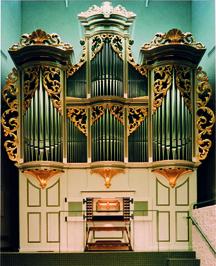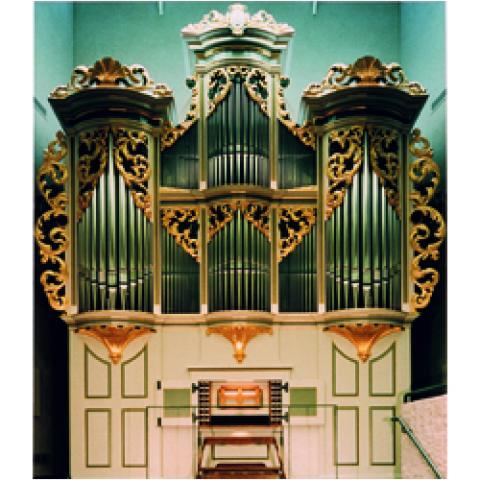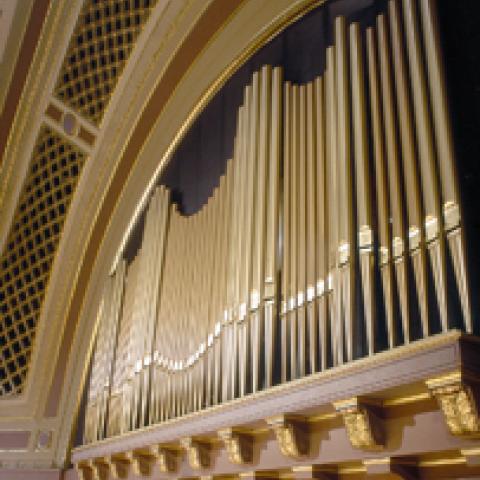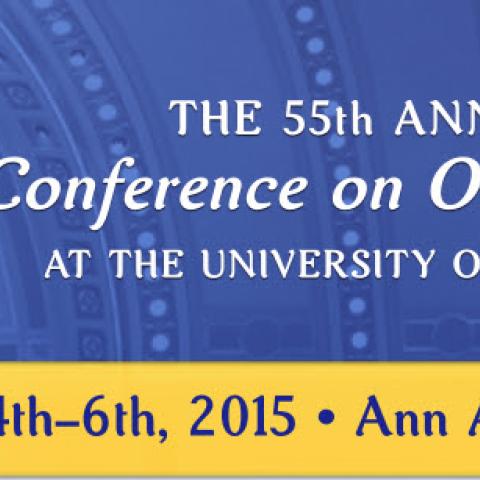
The University of Michigan presents its 52nd annual Conference on Organ Music September 30–October 3, with the theme “The Art of Improvisation.” The schedule includes lectures and recitals by Steven Ball, Michael Barone, Kipp Cortez, Susanne Diederich, David Jackson, James Kibbie, Renate McLaughlin, Karel Paukert, Almut Roessler, Pamela Ruiter-Feenstra, Timothy Tikker, and others; carillon recitals on the newly renovated Baird Carillon; student recitals, including one by high school students from Interlochen Arts Academy; an opportunity to see the inner workings of the Silbermann-style Fisk organ and the Baird Carillon; and, for the first time, the U-M Organ Improvisation Competition. Finalists will perform on the Létourneau organ at St. Francis of Assisi Catholic Church.
For information: 734/764-2500; www.music.umich.edu.






